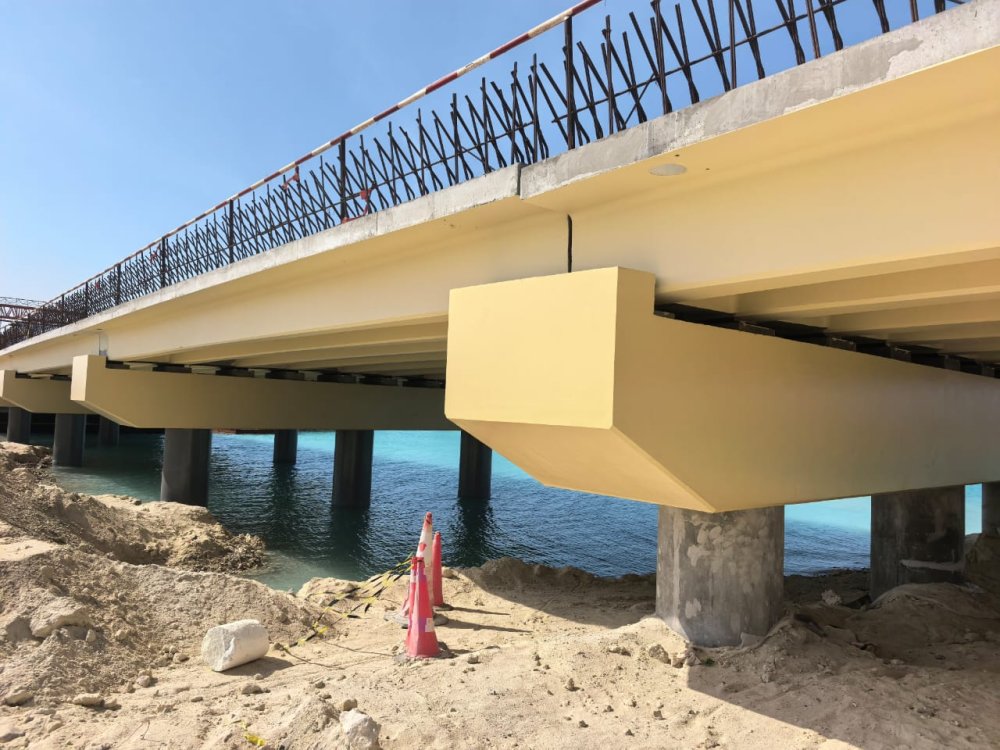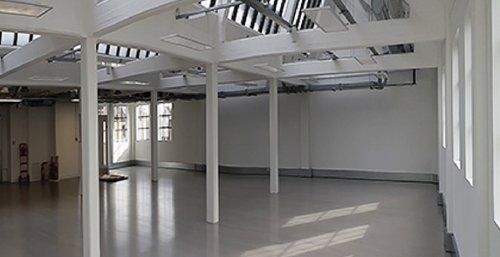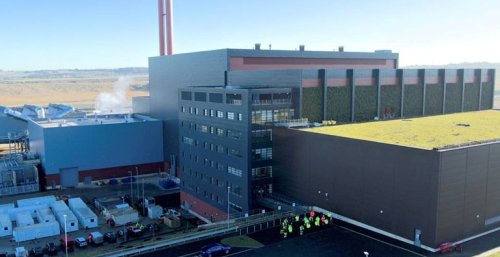Laheq Crossing Bridge at Red Sea Project

Task at Hand
The Laheq Island Crossing is a major infrastructure project forming part of the Red Sea Global development. The project involves constructing a coastal road and bridge linking the mainland to Laheq Island, providing access for residents, resorts, and supporting services.
The project qualifies as a mega development owing to its vast size and its pivotal contribution to Saudi Arabia’s Vision 2030 plans for luxury tourism. It demanded solutions to significant engineering challenges, including difficult coastal topography, flood management, and exposure to marine conditions.
At the same time, the design and execution had to incorporate long-term resilience to support the sustainability of luxury tourism and residential infrastructure in the Red Sea region.
The key challenge was building durable infrastructure within a highly aggressive marine environment. The bridge spans tidal and splash zones, exposing materials to seawater, high humidity, and elevated application temperatures. This required advanced materials and systems to achieve long-term durability while meeting strict performance criteria. Adding to these complexities were concrete surface defects and irregularities, which made achieving long-term durability and reliability even more difficult.
The project demanded a specialized protection system capable of resisting CO2 diffusion, controlling water vapor, reducing chloride penetration, and bridging static cracks. Fire performance compliance and the ability to withstand concrete surface irregularities were also crucial for ensuring the structural resilience of the bridge.
DCP SOLUTION
To meet the unique challenges of the Laheq Crossing Bridge, DCP developed a tailored protection system with distinct approaches for the normal exposure areas and the more demanding tidal/splash zones.
This system incorporated hydrophobic primers, advanced acrylic systems, polyurethane–epoxy hybrids, and high-strength repair mortars, ensuring every part of the bridge received the appropriate level of protection against aggressive marine conditions.
Normal Exposure Areas:
In areas of the bridge not directly subjected to seawater splash or tidal movement, the priority was to establish a durable protective barrier capable of resisting moisture and chloride penetration while maintaining long-term breathability.
These surfaces were first treated with Repcoat Primer, a silane/siloxane-based hydrophobic primer designed to penetrate deeply into concrete. The primer reduces water and chloride ingress while allowing water vapor diffusion, thereby preventing internal deterioration and corrosion of reinforcement.
Following priming, a top coat of Repcoat was applied, forming a strong, impermeable protective film. Repcoat is engineered specifically for concrete structures exposed to environmental conditions, offering resistance to carbonation and weathering while maintaining aesthetic durability.
Together, Repcoat Primer and Repcoat delivered a robust, breathable, and long-lasting protection system across 171,000 m² of surface area.
Tidal/Splash Zones:
The bridge zones exposed to direct seawater contact, tidal fluctuations, and splash demanded a much more resilient protection system. Before the application of protective coatings, Quickmast 341 was used to repair concrete defects and surface irregularities.
As a high-strength, solvent-free epoxy repair paste, Quickmast 341 ensured that blowholes, cracks, and irregularities were fully treated, creating a smooth, sound substrate that could properly accept subsequent coating.
Once the repairs were complete, surfaces were coated with Strongcoat EPU100, a hybrid epoxy-polyurethane coating designed to provide a flexible yet tough barrier under extreme conditions. Strongcoat EPU100 offers exceptional adhesion, mechanical strength, and impermeability to water. It is also highly resistant to chemical attack, abrasion, algae and bacterial growth, and UV exposure—making it the ideal choice for zones that endure constant wetting, drying, and salt crystallization.
Applied across 36,000 m², this system ensures long-term durability and structural protection in the harshest conditions.
This comprehensive approach successfully delivered superior durability, adhesion, and protective performance, ensuring the Laheq Crossing Bridge will withstand aggressive coastal conditions and remain serviceable for years to come.
For more information on the case study, download the attached file. You can find it right under "Project Info". Follow us on social media for more interesting case studies!





